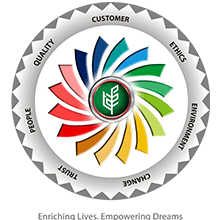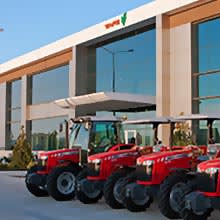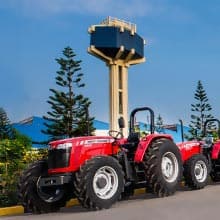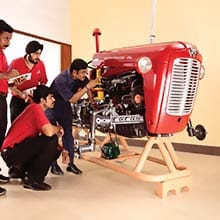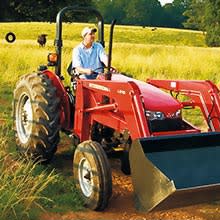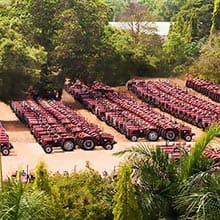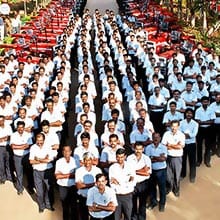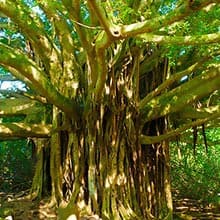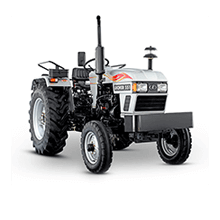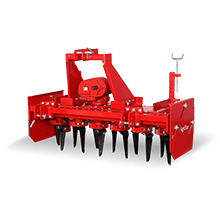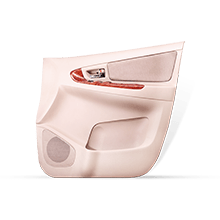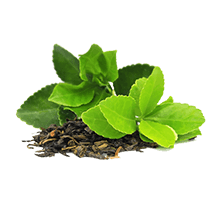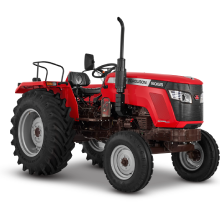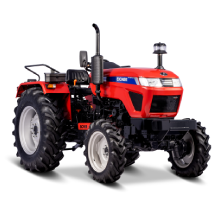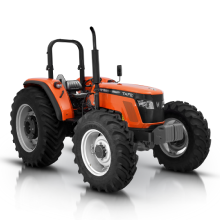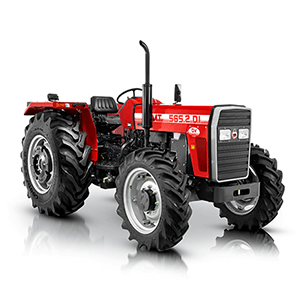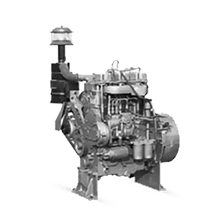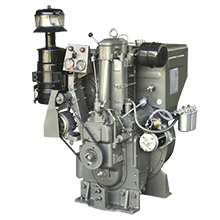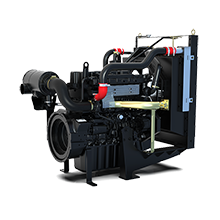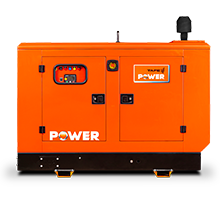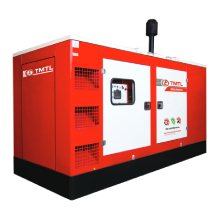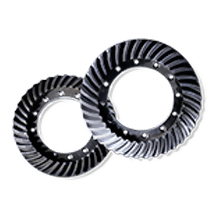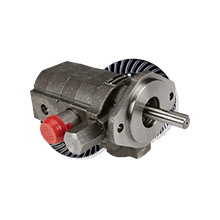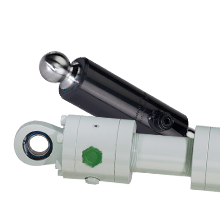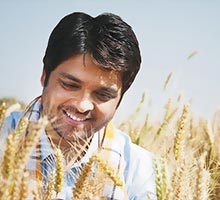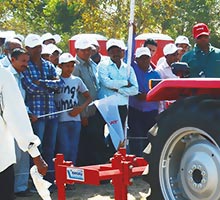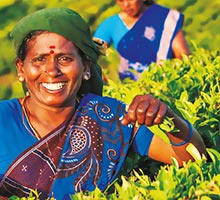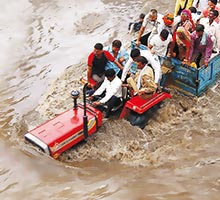Crops such as wheat, barley and rye are not completely edible. We use the seeds at the top, commonly known as grains, as a food source. But the dry coatings of the seeds are inedible and have to be discarded. In the earlier days, agricultural workers had to manually harvest the crops, through a process known as threshing. Our school textbooks laid out these methods quite in detail for us. But with the rising demand and technological advancements, we no longer rely on manual methods of threshing.
But, modern times have seen drastic improvements in technology and its application. This has become prevalent in the agriculture industry as well. Combine Harvester commonly known as ‘combine’ is a key invention that saves cost and time for farmers. Like the name suggests, this machine simply combines the three major harvesting operations – reaping, threshing, and winnowing into a single process. Harvesting crops using this, in a single operational process saves time and cuts down work costs for farmers, which in turn increases the farm output and makes the business more profitable.
There are three major types of combine harvesters that are currently in use:
Self-propelled: These wheeled harvester machines are excellent for farms with hard soil. They are the standard type that is used commonly in India.
Track: These are fitted with tracks instead of wheels. They are very efficient in areas where wheels are likely to get bogged down. Track combines are commonly used for harvesting rice and some other crops from wetlands.
Tractor Mounted: These harvesters are driven by tractors that are mounted on top of them. They work best on lands where the soil is loose and the farmed area is extensive.
Though the structure of a combine harvester looks simple, they are functionally quite advanced. Here’s a basic outline of the various operations that a combine harvester performs.
Crops are gathered in by a header at the front that comes with pincers on both sides. The wider the header, the faster the cut. Different headers are used for cutting different crops in different landscapes. The header is hydraulically powered to be moved to different heights and angles.
After passing through the header, the crops are pushed into the cutter by a slowly rotating wheel called the reel (or pickup reel). The reel has horizontal bats and vertical tines to get a good grip of the crop stalks.
The cutter bar which runs the entire length of the header is located underneath the reel. Its mowing fingers open and close repeatedly to cut off the crops at their base.
Then the cut crops are moved towards the center of the combine by spinning screws. The crops go up a conveyor to the processing mechanism inside the main part of the combine.
At the center of the combine, a threshing drum beats the cut crops to break and shake the grains away from the stalks.
Then the grains fall through sieves into a collecting tank.
The chaff and stalks pass along conveyors called straw walkers towards the back of the machine.
As the grain tank gets full, a trailer pulls alongside the combine and drives along. The grain is carried up from the tank by an elevator and shot out of an unloader on the side, into the trailer.
The unwanted stalks and chaff fall outside from the back of the combine. Some combines have a spreader that throws the straw over a wide area. The straw is chopped, spread on the field, ploughed back in or used for bedding and limited-feed for livestock.
Benefits to farmers
Combine harvesters can resolve the growing problem of finding sufficient and experienced labor for farm work. Rapid increase in migration from villages to towns and cities is causing a major manpower deficiency in India. Combine harvesters can get more work done, more efficiently, offering farmers a better grain yield at comparatively lower costs. Combines can be also used on different terrains, dry as well as wet. They can be fitted with tracks to make it more convenient on water-submerged fields. They can be used in mountainous regions as well just by switching the header. There are special systems that can be attached like the Super-Straw Management System which removes the chaff and straw from fields.
With agriculture becoming an industry that is seeing rapid technological growth, there are many added features and benefits that combine harvesters are being equipped with.
If you are interested in purchasing Combine Harvesters or knowing more about their functions, safety precautions and technical specifications, get in touch with us at www.tafe.com

